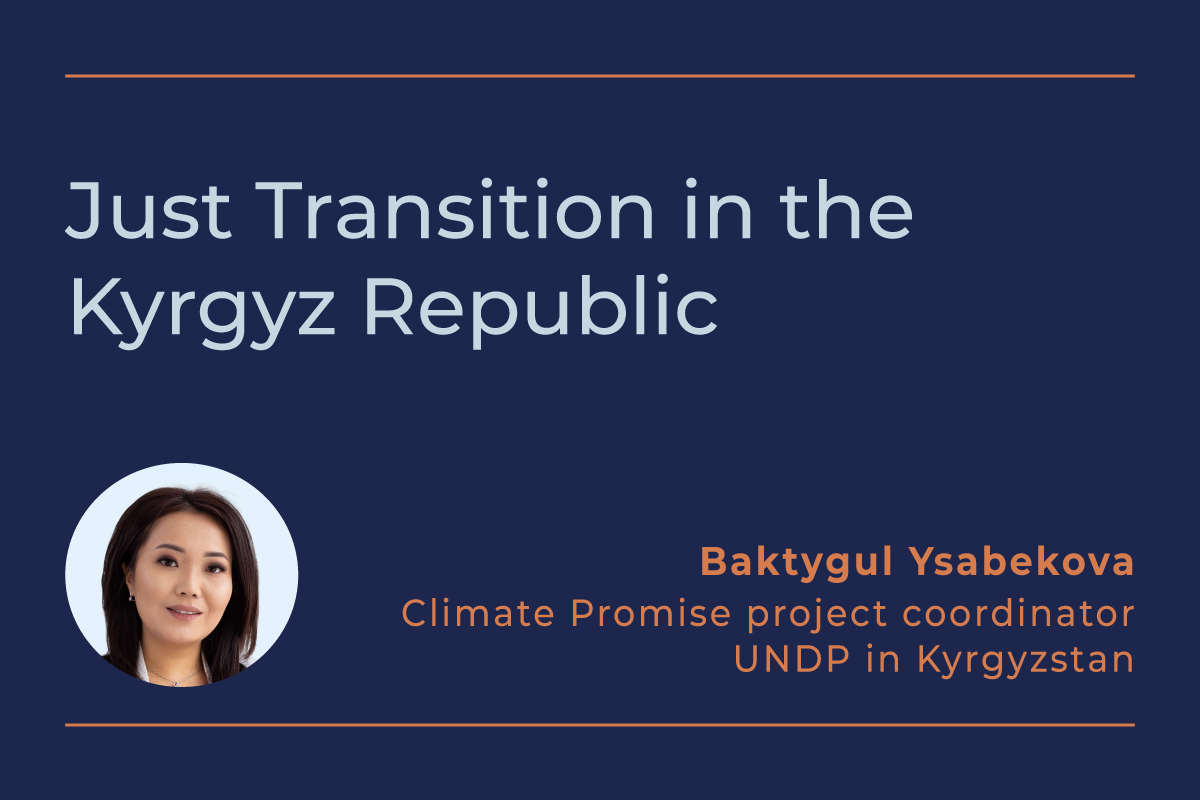A just transition toward a low-carbon, climate resilient economy is more urgent than ever. At the same time, international efforts to advance just transition have been steadily increasing. Traction for just transition was also evidenced at this past COP (27) as just transition gained its own section heading in the Sharm El Sheikh Implementation Plan. Whist countries and institutions across the globe have diligently worked to develop a broad understanding just transition and its potential, its implementation has raised challenges and questions. A central question in efforts toward a just transition is that of financing.
Like any transition, a just transition requires an intentional, integrated financing plan. A financing plan for just transition must reflect the twofold objective of just transition: achieving a low carbon climate resilient economy and leaving no one behind. While inextricably linked, just transition finance cannot be equated with climate finance because it must go beyond financing for climate actions and consider the unintended consequences on communities. A plan for just transition finance will need to find opportunities to connect green assets with positive social outcomes and demonstrate the benefits that communities, especially vulnerable ones shall receive. According to the Trade & Industrial Policy Strategies (TIPS): “Just transition financing is focused on societal and developmental goals for those negatively impacted by climate action.’3
Financing just transition on its own right, rather as an addition to climate finance has been integral in the current global position. Institutions like The World Bank (WB), and particularly the Climate Investment Funds (CIF), have pioneered a new outlook on financing – one that focuses on just transition led projects. This increasing trend has led way to several global just transition financing initiatives, including:
- The Financing a Just Transition Alliance in the UK connects green finance and social impact investing. Over 40 banks, investors and financial institutions joined forces with universities and trade unions to launch the initiative with the objective of developing just transition across the financial sector and creating real-world impact in the UK.
- The US Just Transition Fund brings together foundations and the private sector to drive $100 million in new philanthropic investments for transitioning energy communities over the next three years. Foundations have made $18.7 million in new commitments, including a $1 million contribution from Google.org to create an Energy Transition Response Center which will help community funds to support energy communities.
- The EU Just Transition Fund, a pillar of the EU’s Just Transition Mechanism through which the European Commission provides grants to member states. Countries must identify territories that will be negatively impacted by the transition. The fund alleviates the socio-economic costs triggered by climate transition, supporting the economic diversification and reconversion of these territories by backing investment in a wide range of projects in line with just transition efforts. The Public Sector Loan Facility finances public investments in the regions most affected by Europe’s transition to a climate-neutral economy. It will combine up to €10 billion in EIB loans with €1.5 billion in EU budget grants.
- Countries like France, Germany and Spain, are taking the lead in issuing sovereign green bonds under their comprehensive just transition plans for their coal industry. In France, the framework developed by Caisse des Dépôts for its green, social and sustainability bonds is ready-made for the just transition. At a sub-national level, the German state of North Rhine Westphalia has implemented a robust sustainability bond framework, targeting proceeds to boost social inclusion and environmental regeneration. And Spain’s development bank, ICO, has also issued a social bond with strong links to the just transition, using proceeds to finance SME impacted by the climate transition.10
- South Africa’s Just Energy Transition Partnership (JETP), is an initiative between South Africa, France, Germany, the United Kingdom and the United States to help South Africa move from a coal-based economy to renewable energy, taking into account inclusivity and equality. It strives to mobilize an initial commitment of $8.5 billion for the first phase of financing, through various mechanisms including grants, concessional loans and investments and risk sharing instruments, including mobilising the private sector. The JETP investment plan will identify key decarbonization projects and the initiative will work on corresponding reforms that South Africa must implement to maximize the impact of these investments. The development of this initiative has been possible because South Africa placed just energy transition at the centre of its national policy agenda and has worked to involve all stakeholders across society.
- In 2021, Just Transition Finance Roadmaps (JTFR) were launched to mobilize just transition capital in South Africa and India to invest in coal dependent regions and to provide guidance on how financing ought to be executed to maximize social and economic benefits.
- The Climate Investment Funds (CIF) established the Dedicated Grant Mechanism for Indigenous Peoples and Local Communities (DGM) which provides funding directly to communities. Implemented by the World Bank, DGM is investing $80 million globally to support community-led, context-specific programs that draw on local expertise to advance sustainable forest stewardship and elevate voices in local, national, and global climate action. This is being implemented in Ghana and is an interesting model to explore for just transition finance as it involves communities directly.
- The Indonesia Just Energy Transition Partnership (JETP), announced at the G20 Summit held in parallel with COP27, is expected to mobilize USD 20 billion over the next three to five years to accelerate coal power plant decommissioning and an overall just energy transition.
These financing initiatives reiterate global commitments and financing support for a just transition. They also show the opportunities of implementing it a just transition. As these types of initiatives continue to grow and evolve, it will be highly likely more international climate funds and donors will require evidence of just transition proposals and of results measurement frameworks. In other words, it has been proven that financing in one way or another is available- now the task will be to quantifiably demonstrate the extent to which that financing is benefiting communities.
It will require implementing institutions to think creatively on just transition alongside other cross-cutting issues such as gender, youth, nature-based solutions, and biodiversity. According to Gareth Phillips, Manager, Climate and Environment Finance Division, African Development Bank, “just transition is the new “must have”. Following in the footsteps of environmental and social safeguards and gender, today’s investment projects must contribute to a just transition to a low-carbon, climate resilient future- that means protecting jobs and ensuring the costs and benefits of the project are shared across society using a just transition framework”.
The momentum behind just transition is encouraging, its financing is promising, and its implementation could be transformative.




